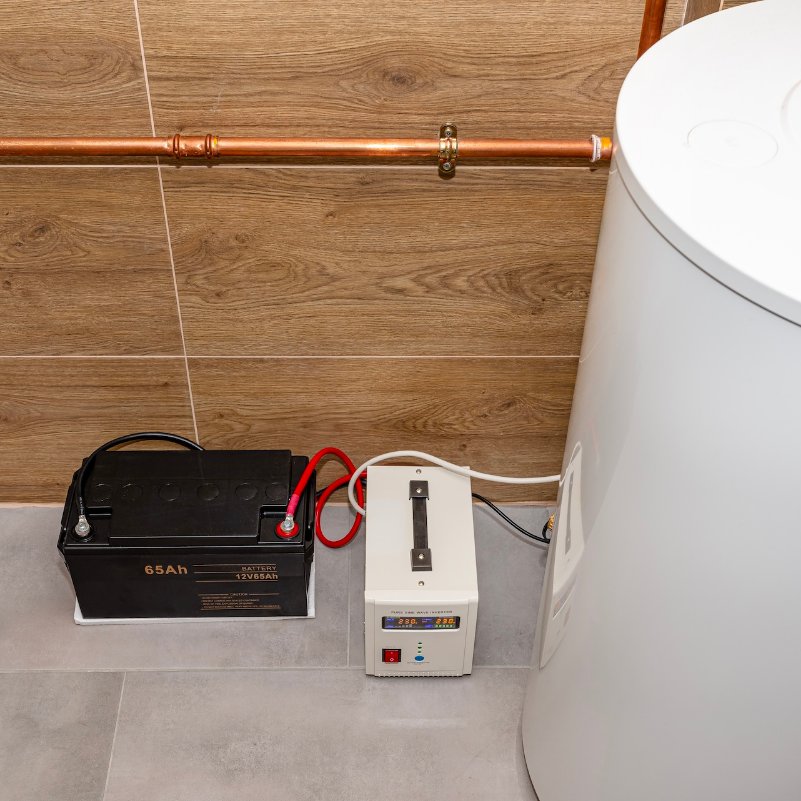As temperatures drop,
quality hot water systems work harder to keep up with demand. Without proper winter maintenance, you risk higher energy bills, reduced efficiency, or even a complete breakdown. Whether you have a traditional tank or a tankless hot water system, this guide will walk you through essential steps to protect your unit and ensure reliable hot water all season long.
Why Winterizing Your Hot Water System Matters
Cold weather affects hot water systems in several ways:
- Increased energy consumption (your heater works harder to maintain temperature)
- Risk of frozen pipes (leading to bursts and water damage)
- Sediment buildup (reduces efficiency and lifespan)
- Higher strain on older units (increasing chances of failure)
A little preparation now can prevent costly repairs and cold showers later.
Step 1: Insulate Your Water Heater and Pipes
For Tank Water Heaters:
- Wrap the tank in an insulated blanket (available at hardware stores) to reduce heat loss.
- Insulate exposed pipes leading to and from the heater with foam tubing.
For Tankless Systems:
- Install freeze protection kits (if your model supports them).
- Keep exterior units covered with a weatherproof enclosure.
Pro Tip: If temperatures drop below freezing, let a faucet drip slightly to prevent pipes from freezing.
Step 2: Drain and Flush Sediment
Sediment buildup is a leading cause of inefficiency in hot water systems. Here’s how to flush it out:
- Turn off power (electric) or gas supply.
- Connect a hose to the drain valve and direct it outside or into a bucket.
- Open the valve and let water flow until it runs clear.
- Close the valve, refill the tank, and restore power/gas.
Frequency: Once a year (before winter is ideal).
Step 3: Check the Pressure Relief Valve
This safety feature prevents excess pressure buildup. Test it by:
- Placing a bucket under the discharge pipe.
- Lifting the valve lever briefly—water should flow out and stop when released.
- If it leaks or doesn’t reset, replace the valve immediately.
Step 4: Adjust the Temperature
- Recommended setting: 120°F (49°C).
- Prevents scalding.
- Reduces energy use.
- For vacation homes: Lower to 50°F (10°C) or drain the system entirely if unused.
Step 5: Inspect for Leaks and Corrosion
- Check connections for moisture or rust.
- Look for cracks in the tank or pipes.
- Call a plumber if you find damage—small leaks can worsen quickly in cold weather.
Step 6: Protect Outdoor Units
If your hot water system is outside:
- Install a wind barrier (e.g., plywood or a specialized cover).
- Ensure proper ventilation to prevent carbon monoxide buildup (for gas heaters).
Step 7: Consider a Professional Tune-Up
A licensed plumber can:
- Test heating elements.
- Inspect the anode rod (prevents tank corrosion).
- Optimize efficiency for winter demands.
Recommended: Schedule a service every 1–2 years.
Emergency Prep: What to Do If Your Heater Fails
- Turn off power/gas and water supply.
- Call a professional—DIY fixes can void warranties or cause hazards.
- Use a backup (e.g., a portable water heater) until repairs are done.
Final Thoughts
Winterizing
reliable hot water systems is a simple yet crucial task that saves energy, extends your unit’s life, and ensures uninterrupted hot water. By following these steps, you’ll avoid cold-weather surprises and keep your system running smoothly all season.

